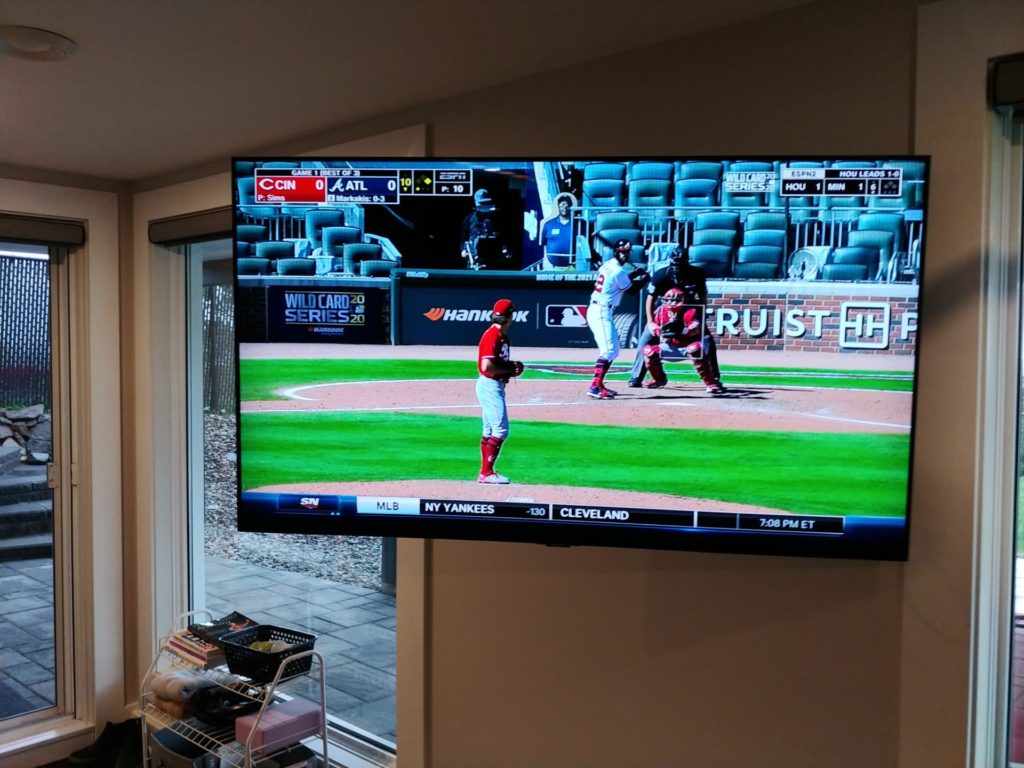Choosing a new TV these days can be a daunting task. The same size set can have a price tag that’s more than a $1000 in price difference. So, what makes these TV’s more expensive, and is it worth spending the difference. The majority of low to mid priced TV’s are using LCDs (Liquid Crystal Display). The individual LCD are red, blue and green. As the scene requires, these LCDs allow light to pass through them giving you a picture. The light is provided by a panel of white fluorescent light bulbs behind the screen. As the price of a TV goes up these light bulbs are replaced by banks of LEDs (Light Emmitting Diode). The advantage is that individual LEDs can be selectively turned on or off, allowing dark scenes to be blacker, and generally more accurate colour rendition. Most manufacturer’s have terms like Quantum Dot Display (QLED) and terms like local dimming to describe how the actual display is illuminated. Another factor determining cost is a thing called refresh rate. This is how fast the picture elements (pixels) can open and close, the faster the better. The latest technology (and the most expensive) is OLED (Organic Light Emmitting Diode). This technology does not require any back lighting to produce a picture as the individual pixels emmit their own light. This makes for an incredibly thin thickness of the television. Lastly, we have screen resolution, lower priced sets will generally be HD (High Definition) but even some are touting 4K (UHD, Ultra High Definition). The latest sets are now capable of 8K resolution!

Yes, the choices can seem intimidating but Wired 1 Consulting can take the guess work out of your new TV selection. Give us a call today! (506) 470-7510.
